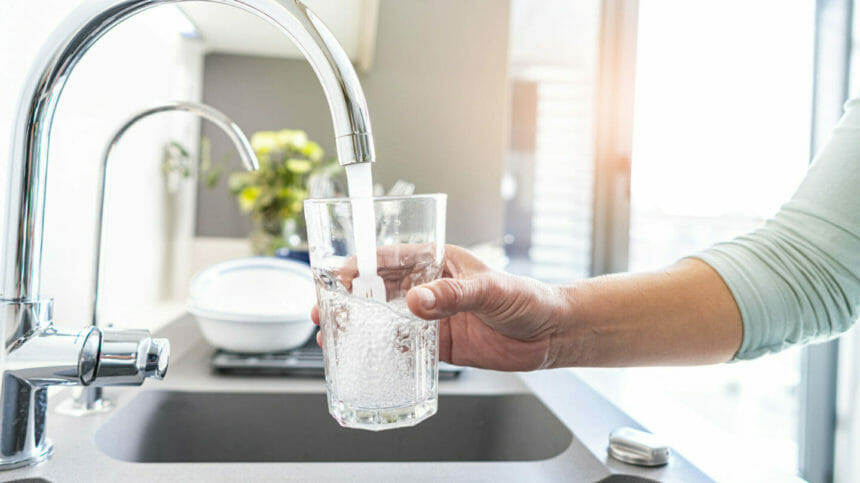
Tap water is not sterile and should not be used in home medical devices. But a new federal survey has found that large numbers of people in the United States are not aware of this fact. The findings present an opportunity for healthcare providers to spread the word, investigators said.
U.S. municipalities treat tap water to meet safe drinking standards, but low levels of microorganisms remain in the systems that hold and carry the water. Most of these are harmless, but tap water may not be safe for uses beyond drinking, cooking and bathing, according to the Centers for Disease Control and Prevention in a new report.
In a recent national survey, one-third of respondents said that tap water does not have bacteria or living things present. And although most people understood what sterile water is and acknowledged that tap water is not sterile, a significant proportion mistakenly believe that its use in certain medical devices is safe, the CDC said.
Sinuses, CPAP machines
More than half of respondents said that tap water could be used for rinsing sinuses, and 13% said they did so. Fifty percent of respondents believed tap water was safe for rinsing contact lenses, with 9% doing so, and 24% of respondents said they filled humidifiers or CPAP machines (used for mitigating sleep apnea), with tap water (42% thought this was safe).
Tap water should not be used in devices that rely on aerosolized inhalation such as CPAP machines, or ocular or nasal irrigation, the agency cautioned.
Among the microorganisms that can be found in U.S. water systems, “pathogens such as Pseudomonas spp., NTM and Legionella spp. are responsible for a large portion of the 120,000 hospitalizations, 7,000 deaths and billions in direct healthcare costs annually related to waterborne diseases,” investigators reported.
Sterilizing water
Water can be sterilized by boiling it for 5 minutes then cooling, or by exposing it to ultraviolet (UV) treatment for 45 seconds (or following the manufacturer’s instructions), the investigators said. The CDC’s recommendations for preparing safer water for nasal rinsing include boiling it for 1 minute (3 minutes at elevations greater than 6,500 feet) and cooling.
“The results of this survey highlight opportunities to reinforce messaging regarding appropriate uses of tap water and recommendations for using water in medical devices at home,” the investigators concluded.
Related stories:
APIC urges LTC industry to boost infection control capabilities with full-time, certified staff




